The New Map of Trade
In a world increasingly defined by geopolitical fractures and fragmenting supply chains, the old rules of global commerce no longer apply. For decades, the flow of goods was dominated by stable, predictable East-West maritime routes. Today, those routes are under historic stress. As persistent tensions in the Middle East—particularly in the Red Sea—snarl vital shipping lanes like the Suez Canal, transportation costs have skyrocketed, and delivery timelines have become dangerously unpredictable.
Simultaneously, a tectonic shift in the geopolitical landscape, catalyzed by the war in Ukraine and the subsequent Western sanctions, has effectively severed Russia from its traditional European suppliers. This has created a massive, multi-billion-dollar vacuum in the Russian market, particularly for construction materials.
This is not a story of decline. It is a story of realignment.
In the vacuum left by these dual crises, a new, resilient, and strategically vital trade axis is being rapidly forged: the Iran-Russia corridor. This is not a theoretical concept; it is a practical reality being built out of strategic necessity. And the physical proof of this new economic bloc is not a high-tech microchip or a sophisticated weapon. It is something far more fundamental, heavy, and revealing: the ceramic tile.
The burgeoning trade of Iranian ceramic tiles to Russia is a perfect, tangible case study of this geoeconomic pivot. It illustrates how two of the world’s most heavily sanctioned nations are not only surviving but are building a sanction-proof ecosystem. This article will dissect this specific, high-potential trade, exploring how Middle East instability has acted as an accelerator, what makes Iranian tiles the perfect product for this new corridor, and the immense logistical challenges—and opportunities—that are defining the future of Eurasian trade.
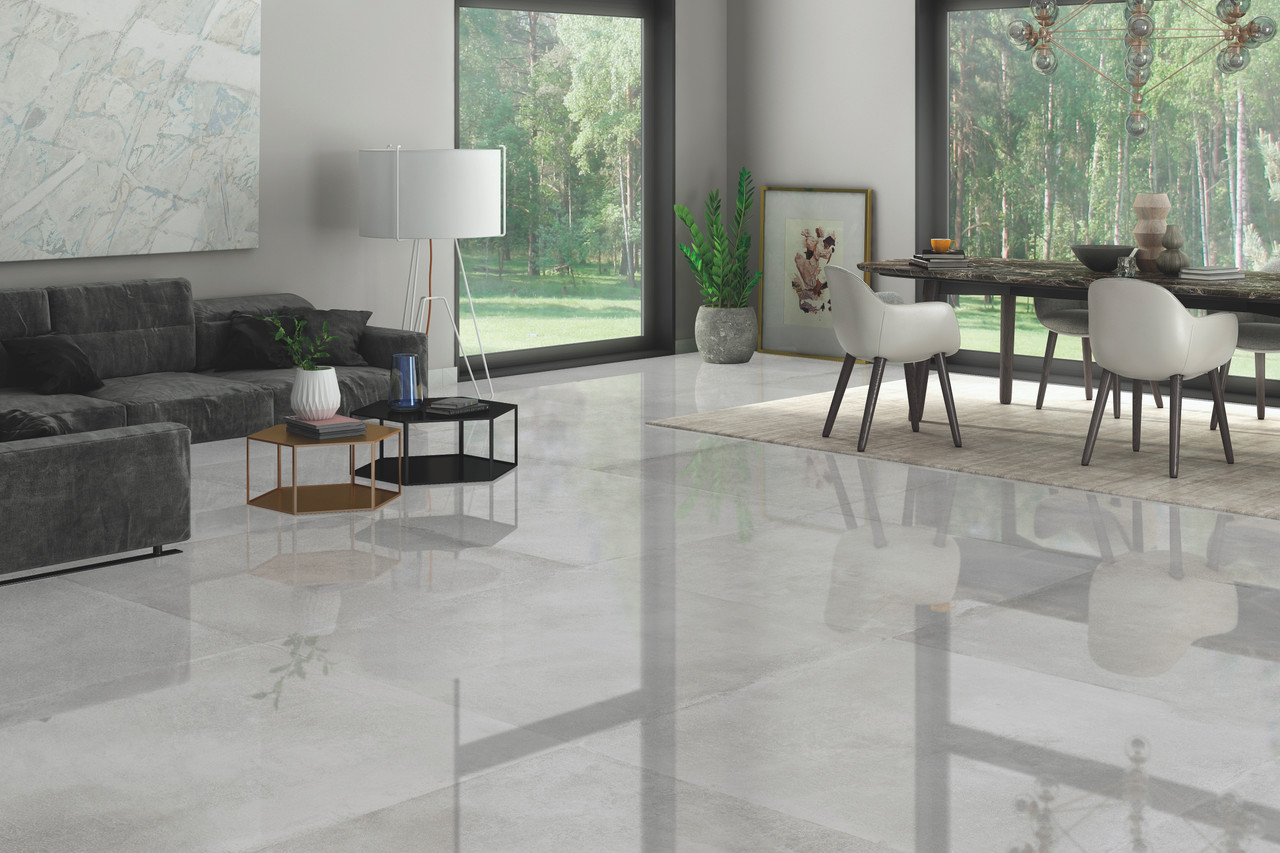
Chapter 1: The Perfect Storm: A Dual Need Forged by Geopolitics
To understand the surge in Iranian ceramic exports, one must first understand the “perfect storm” of supply and demand that sanctions and geopolitics have created. It’s a classic story of a massive vacuum meeting a high-capacity producer.
Russia’s Great Supply Vacuum
Prior to 2022, Russia’s construction and renovation market was a lucrative playground for European manufacturers. Italy and Spain, the global titans of high-end ceramic and porcelain tile, dominated the premium segment. Their brands—renowned for design, quality, and technological innovation—were the standard for new residential complexes, commercial centers, and private renovations across Russia. Germany and Poland also held significant market share.
When the sweeping EU sanctions were imposed, this entire supply chain did not just bend—it broke. In a matter of weeks, Russia’s largest developers and distributors lost access to their primary suppliers.
However, Russia’s domestic construction market did not stop. Bolstered by state-subsidized mortgage programs and a continued focus on internal infrastructure development, the demand for building materials remained robust. This created an immediate, urgent, and massive problem for Russian importers: where could they source millions of square meters of high-quality tiles that were not subject to Western sanctions and could be paid for outside the SWIFT-dominated, US-Dollar-based financial system?
Iran’s Supply-Side Powerhouse
Enter Iran. While often viewed through a narrow political lens, Iran is, in fact, an industrial and manufacturing goliath in the ceramic tile sector. For decades, it has quietly built itself into one of the top five global producers of ceramic and porcelain tiles.
This capacity is built on several key advantages:
- Abundant Raw Materials: Iran possesses vast, high-quality domestic reserves of the essential raw materials for tile production, including kaolin, feldspar, and clay.
- Extremely Low Energy Costs: This is arguably Iran’s single greatest competitive advantage. Ceramic production is incredibly energy-intensive, requiring massive natural gas-fired kilns to operate 24/7. With some of the world’s cheapest natural gas, Iranian factories can produce high-quality porcelain at a fraction of the cost of their European (or even Turkish) competitors, who are grappling with volatile global energy prices.
- Modern Technology: The Iranian ceramic industry is not a collection of outdated workshops. The country’s top manufacturers in regions like Yazd have invested heavily in the latest Italian and Spanish production machinery (often acquired before or routed around sanctions). They are capable of producing the most in-demand products: large-format porcelain slabs (e.g., 120x280cm), sophisticated digital-print designs that flawlessly mimic marble or wood, and technically advanced, durable tiles.
For years, Iran’s primary export markets were neighboring countries like Iraq, Afghanistan, and Central Asian states. Now, a far larger, more lucrative, and more strategically aligned market has opened its doors: Russia.
Chapter 2: The “Middle East Tensions” as a Strategic Accelerator
It might seem counterintuitive. How can more instability in the Middle East help a trade route involving Iran? The answer lies in geography. The current chaos in the Red Sea and surrounding waters highlights the extreme vulnerability of the world’s primary East-West maritime artery.
The Vulnerability of the Suez Canal
When a Chinese, Indian, or Turkish tile manufacturer wants to ship to St. Petersburg, their primary route is by sea. This means sailing into the Mediterranean (often through the Red Sea and Suez Canal) and then circulating around all of Europe to reach Russia’s Baltic ports.
Today, this route is a logistical nightmare.
- Risk: Attacks in the Red Sea have made the Bab el-Mandeb strait a high-risk insurance zone.
- Cost: Many shipping lines now refuse to use the Suez Canal, opting for the much longer, far more expensive route around Africa’s Cape of Good Hope.
- Time: This detour adds 15-20 days to a shipment, destroying supply chain predictability.
This disruption has acted as a massive, unplanned accelerator for the one route that bypasses all of these global chokepoints: The International North-South Transport Corridor (INSTC).
The Rise of the INSTC: The “Caspian Corridor”
The INSTC is a multi-modal network of ship, rail, and road routes designed to move freight between India, Iran, Azerbaijan, Russia, and Central Asia. For decades, it was more of a political concept than a commercial reality. Today, it is the single most important piece of economic infrastructure for the Iran-Russia axis.
Recent Middle East tensions have thrown a global spotlight on the INSTC’s primary strategic advantage: it is a land- and inland-sea-based corridor, completely insulated from global maritime volatility.
For the ceramic tile trade, the INSTC offers two primary, practical pathways:
- The Caspian Sea Route (The Main Artery): This is the most popular route. Tiles are produced in Yazd, trucked north to Iran’s Caspian ports (primarily Anzali or Astara), loaded onto cargo ships, and sailed directly across the Caspian Sea to Russia’s southern ports, like Astrakhan. From Astrakhan, they can be discharged onto Russia’s internal rail and waterway network to reach Moscow, St. Petersburg, and other major hubs.
- The Western Land Route (Rail/Road): Goods are trucked or railed from Iran into neighboring Azerbaijan and then proceed north by rail directly into Russia. This route is often faster but is more complex geopolitically, relying on a third country for transit.
By making the traditional Suez route slow, expensive, and unreliable, the tensions in the Middle East have effectively made the INSTC the smartest and most stable option for moving goods from Iran to Russia. It has shifted the INSTC from a “secondary option” to the “primary strategic route.”
Chapter 3: A Practical Deep Dive: The Iranian Tile in the Russian Market
What exactly is Russia importing from Iran? And why is it winning against other non-Western competitors like Turkey, India, and China?
Product: Beyond Just “Cheap Tile”
The Russian market is not just buying Iran’s cheapest, low-end ceramics. The demand is surprisingly sophisticated. Russian distributors, burned by the loss of their Italian suppliers, are actively seeking high-end porcelain.
Iranian manufacturers are successfully filling this gap with:
- Large-Format Porcelain Slabs: These are the 120x240cm, 160x320cm, and 120x120cm slabs that are essential for modern, high-end design. They create seamless, grout-minimal surfaces for floors, walls, and countertops.
- Hyper-Realistic Digital Prints: Using advanced digital printing, Iranian factories are producing flawless imitations of Calacatta gold marble, dark Emperador stone, and rustic oak wood. These designs are what the Russian market was accustomed to buying from Europe.
- Technical Porcelain: This includes durable, full-body porcelain tiles with high slip resistance and frost resistance, making them ideal for high-traffic commercial projects and exterior applications in Russia’s harsh climate.
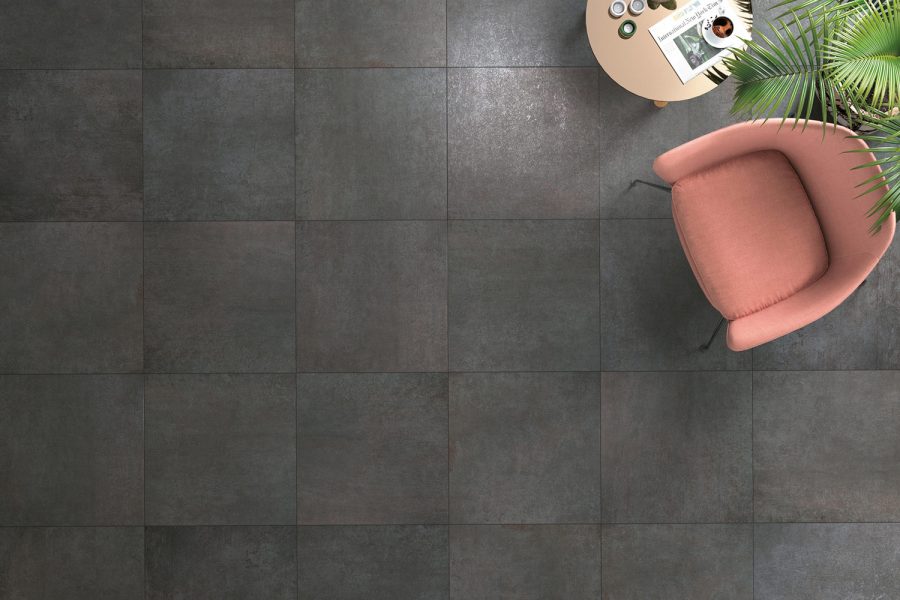
The Competitive Equation: Price, Quality, and Proximity
Iran is not the only country targeting the Russian vacuum. Turkey, India, and China are all formidable competitors. However, Iran holds a unique “trifecta” of advantages.
- vs. Turkey: Turkey has a fantastic, high-quality ceramic industry and good logistical connections. However, Turkey’s economy has faced hyperinflation and soaring energy costs, making its products more expensive. Geopolitically, Turkey is also a NATO member, making it a less “secure” long-term partner for Russia compared to the fully-aligned Iran.
- vs. India: Indian tiles are a major global force and are also leveraging the INSTC. However, Iran has a geographical head-start. The goods must still travel from India’s ports to Iran’s Bandar Abbas port before they can start their northward journey on the INSTC. Iranian-made goods skip this entire first leg, making them faster and cheaper to deliver.
- vs. China: China is a competitor in everything. But for a heavy, relatively low-value product like tiles, the logistics are challenging. Rail transport across Asia is long and expensive. The sea route, as discussed, is currently volatile. Iran’s proximity via the Caspian is its trump card.
The winning proposition for Iranian tiles is simple: European-level design and quality, at a price point closer to China, delivered with superior logistical speed and stability thanks to the Caspian corridor.
Chapter 4: The Real-World Bottlenecks (And How They Are Being Solved)
To present this as a seamless, frictionless trade route would be inaccurate. The INSTC is still a “work in progress,” and exporting tiles from Iran to Russia is fraught with practical challenges. This is where the real “work” of this new trade axis is happening.
Hurdle 1: The Financial Black Hole (Payment & Sanctions)
This is the single greatest barrier. Both nations’ largest banks are sanctioned and cut off from SWIFT. How does a Russian distributor in Moscow pay an Iranian factory in Yazd?
- The Problem: You cannot simply wire US Dollars or Euros. Letters of Credit from major international banks are not an option. This makes large-scale trade terrifying for importers, who risk losing their money, and for exporters, who risk not getting paid.
- The Solution (De-Dollarization in Practice):
- Ruble-Rial Swaps: The most direct solution. The two governments have established mechanisms for their central banks to facilitate direct trade in their local currencies. A Russian importer pays in Rubles to a Russian bank, which then coordinates with the Iranian central bank to pay the exporter in Rials.
- Friendly Third-Country Banks: Trade is often financed through smaller, non-sanctioned banks in friendly third countries like Armenia, Kazakhstan, or the UAE.
- Barter and Reciprocal Trade: This is a major, if unspoken, part of the solution. Iran exports tiles, and in return, Russia exports goods that Iran needs, such as grain, steel, and timber. The value of the goods is simply netted out, minimizing the need for cash transfers.
Hurdle 2: The Physical Bottleneck (Logistics & Infrastructure)
The INSTC concept is brilliant, but the physical infrastructure is old and undersized for this sudden boom in traffic.
- The Problem: The Caspian ports of Anzali and Astrakhan are congested. They were not designed to handle this volume of freight. There is a severe shortage of modern cargo ships and Ro-Ro (Roll-on/Roll-off) vessels on the Caspian Sea. On the land routes, rail gauges are inconsistent between countries, and border crossings are slow.
- The Solution (Massive Joint Investment): This is the most critical area to watch. Both Russia and Iran recognize this bottleneck and are pouring hundreds of millions of dollars into solving it.
- Port Expansion: Both Anzali and Astrakhan are undergoing significant dredging and expansion of their container and bulk terminals.
- The Rasht-Astara Railway: This is the “missing link” of the INSTC. It’s a 162km stretch of railway that will connect Iran’s rail network directly to Azerbaijan’s, creating a seamless, all-rail path from the Persian Gulf to Russia and Europe. Russia is actively co-financing this project, demonstrating its strategic importance.
- Shipbuilding: Both countries are investing in building new cargo ships specifically for the Caspian Sea trade, which will dramatically increase capacity in the coming 2-5 years.
Hurdle 3: The Market & Perception Challenge
- The Problem: For a Russian developer who used to specify “Made in Italy,” the “Made in Iran” label still faces a perception hurdle. They worry about quality control, consistency in large batches, and the sophistication of the designs.
- The Solution (Education & Marketing): This is being solved by smart Iranian exporters and their Russian partners. They are flying Russian distributors to their state-of-the-art factories in Yazd. They are exhibiting at major Russian trade shows like MosBuild, showcasing their large-format slabs and luxury designs side-by-side with competitors. They are actively proving that their quality is not a “compromise” but a “solution.”
Chapter 5: The Future Outlook: From Niche Trade to Strategic Bloc
The Iran-Russia ceramic tile trade is far more than just a story about building materials. It is a real-time, tangible indicator of a much larger geoeconomic realignment. By solving the complex challenges of moving millions of tons of heavy, fragile, and design-led products, Iran and Russia are creating a “playbook” that can be applied to countless other industries.
If they can build a reliable corridor for tiles, they can build it for:
- Automotive parts and components
- Pharmaceuticals and medical supplies
- Consumer electronics
- Textiles and apparel
- Processed food and agricultural products
This is the real significance. The ceramic tile trade is the “canary in the coal mine,” proving the commercial viability of the INSTC. The new infrastructure being built—the ports, the railways, the financial mechanisms—will serve as the foundation for a much deeper, more diversified economic bloc.
The recent expansion of BRICS to include Iran further formalizes this new reality. It provides a political and financial framework (like the New Development Bank) that will accelerate the move away from Western-centric trade routes and financial systems. The turmoil in the Middle East simply adds a powerful tailwind to this already-moving ship, reinforcing the urgency of creating stable, alternative corridors.
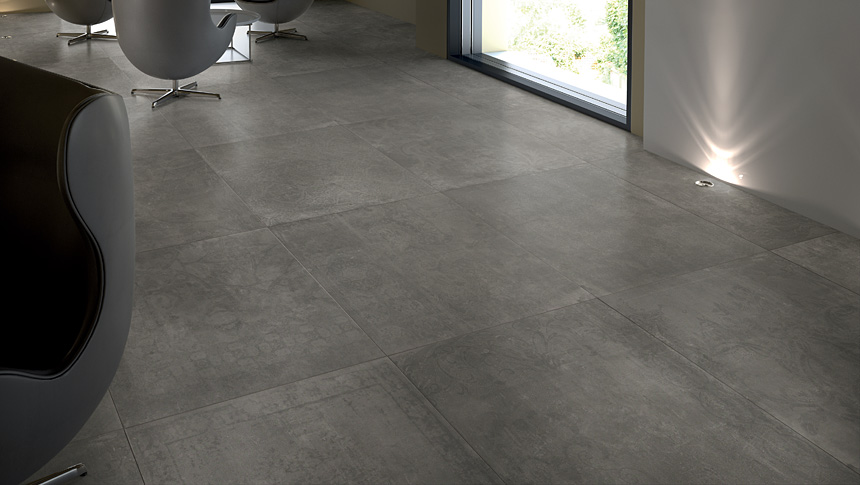
Conclusion: The Ceramic-Paved Path to a New Order
The headlines on Iran-Russia relations often focus on military and high-level political cooperation. But the real, enduring story of this alliance is being written in the mundane, practical language of trade logistics, customs forms, and bills of lading.
The surge in Iranian ceramic tile exports to Russia is a direct, measurable consequence of a world in flux. It’s a trade born of necessity—Russia’s desperate need for suppliers and Iran’s desperate need for markets, both driven by sanctions. But it is being accelerated and made strategically sound by the failures of traditional global supply chains, starkly illustrated by the ongoing tensions in the Middle East.
This “Caspian Corridor” is not a temporary fix. It is a permanent, strategic investment. The new ports, railways, and financial systems being built to move these tiles will reshape the map of Eurasian trade for the next generation. For Western analysts, competitors, and logisticians, underestimating this trade route is a mistake. It is not just about tiles; it is about the construction of a new, sanction-proof economic ecosystem. And it is being paved, quite literally, with Iranian ceramic.
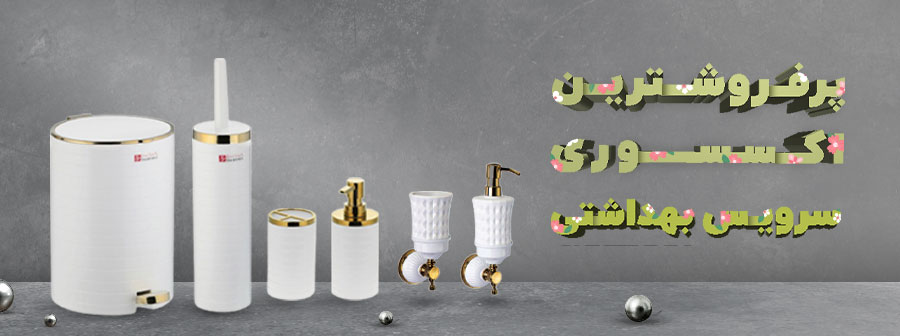
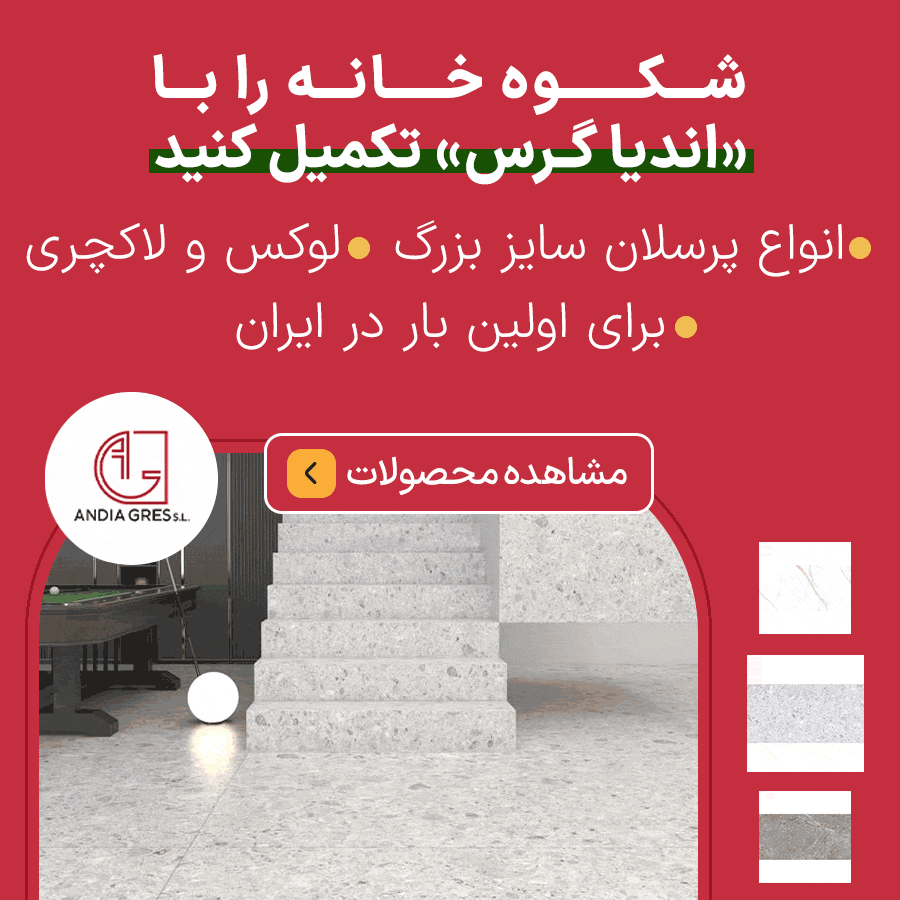
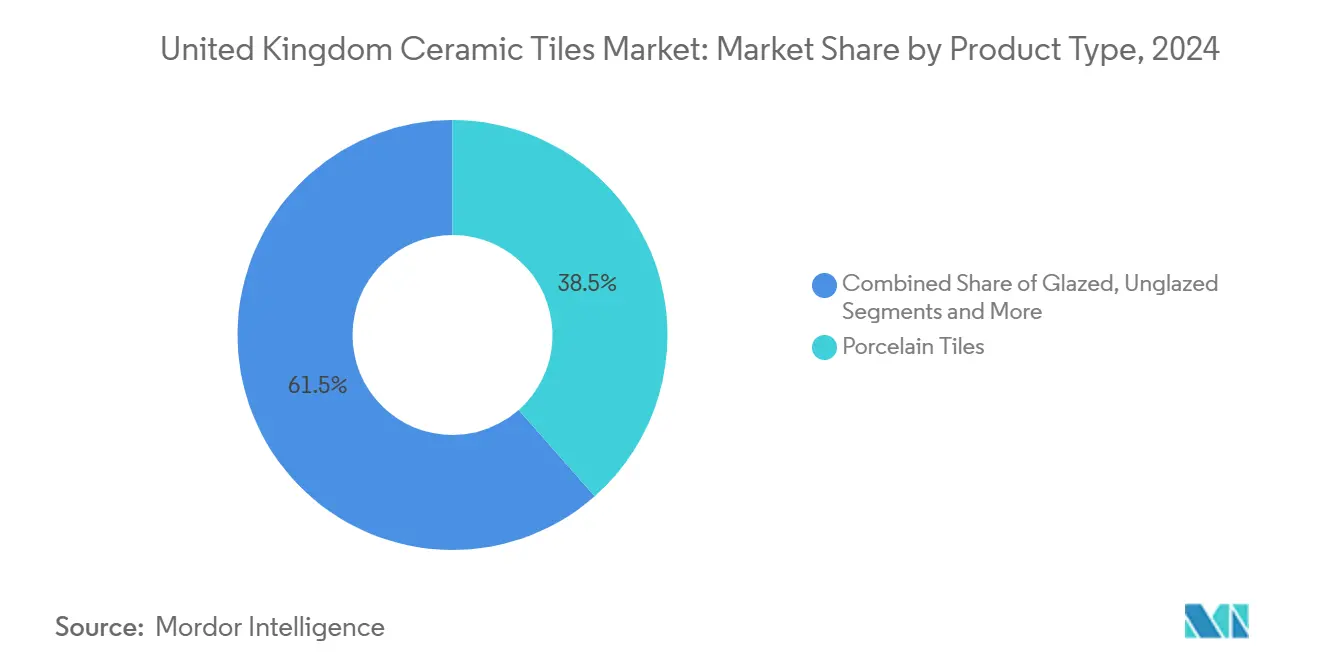

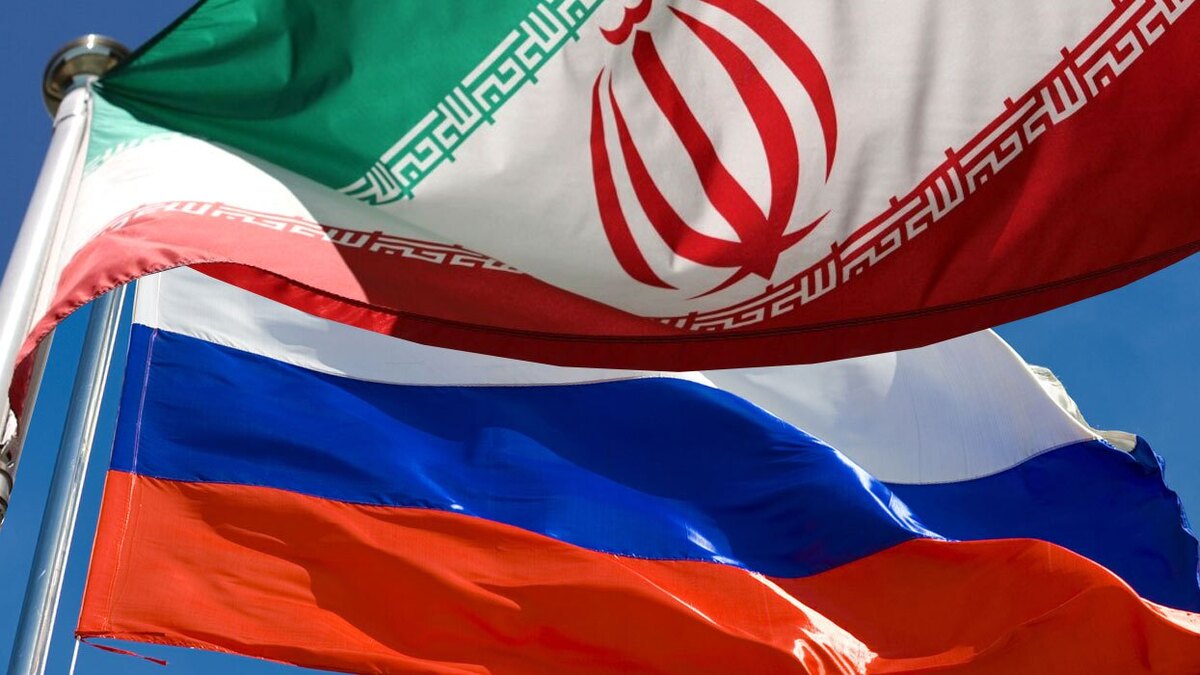

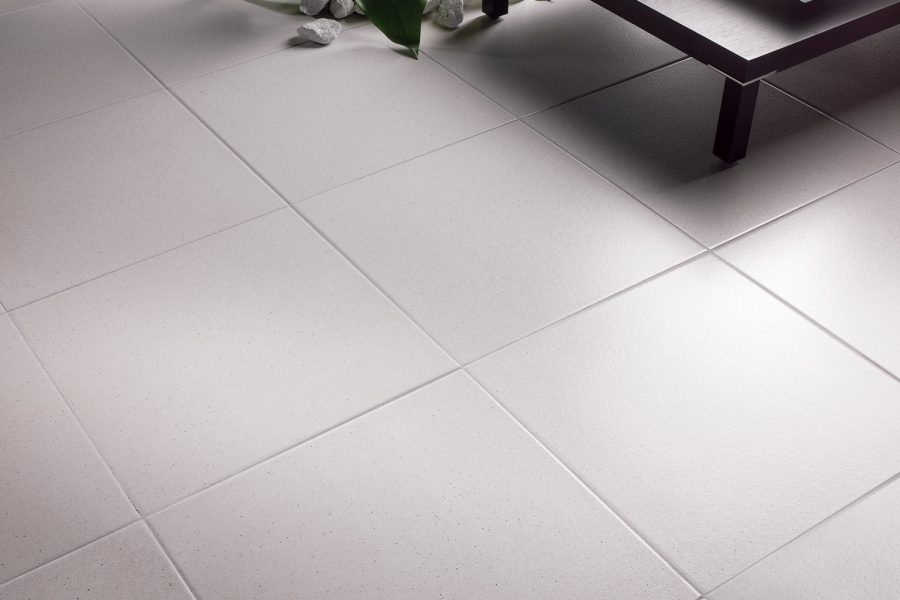
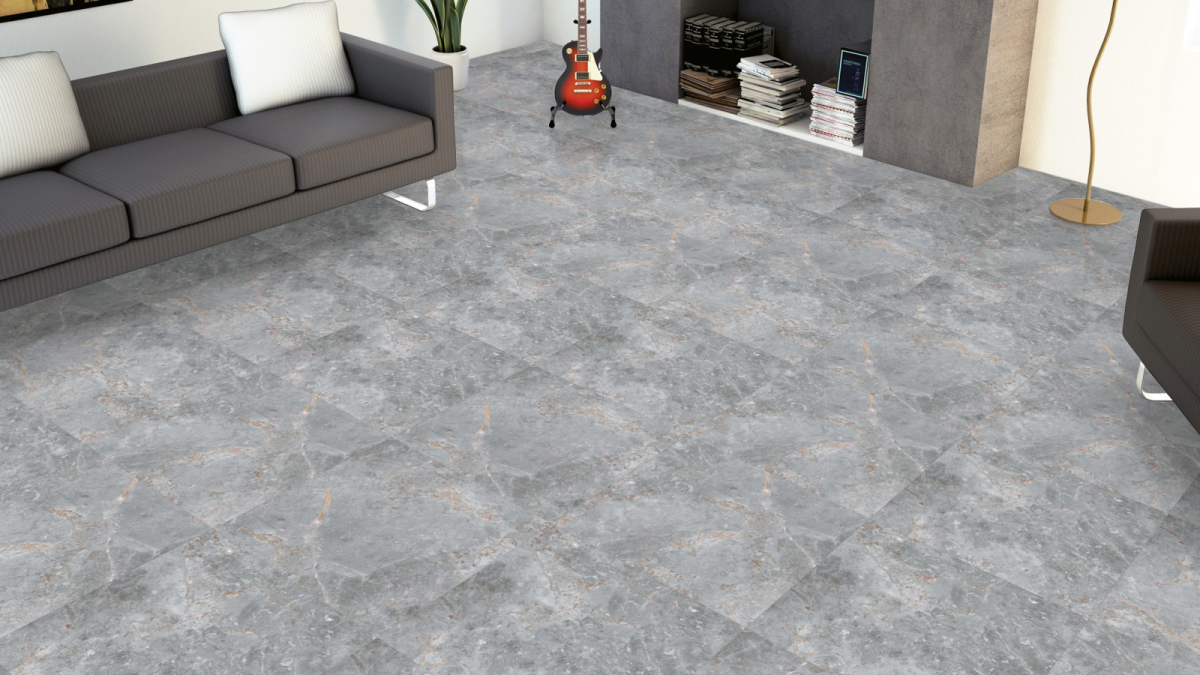
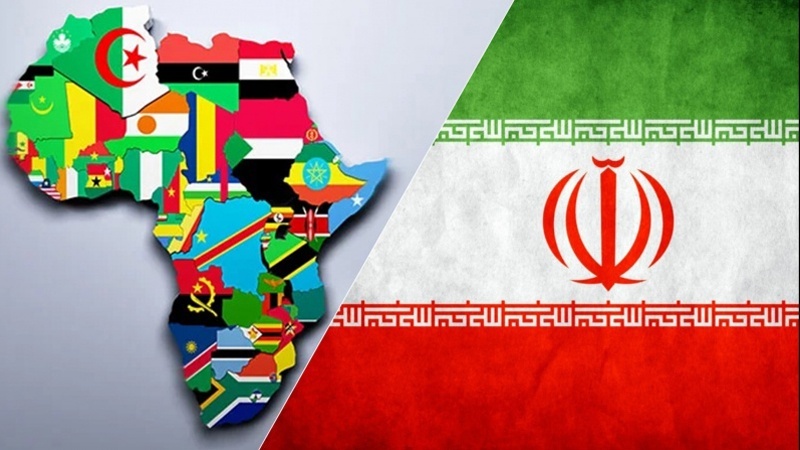
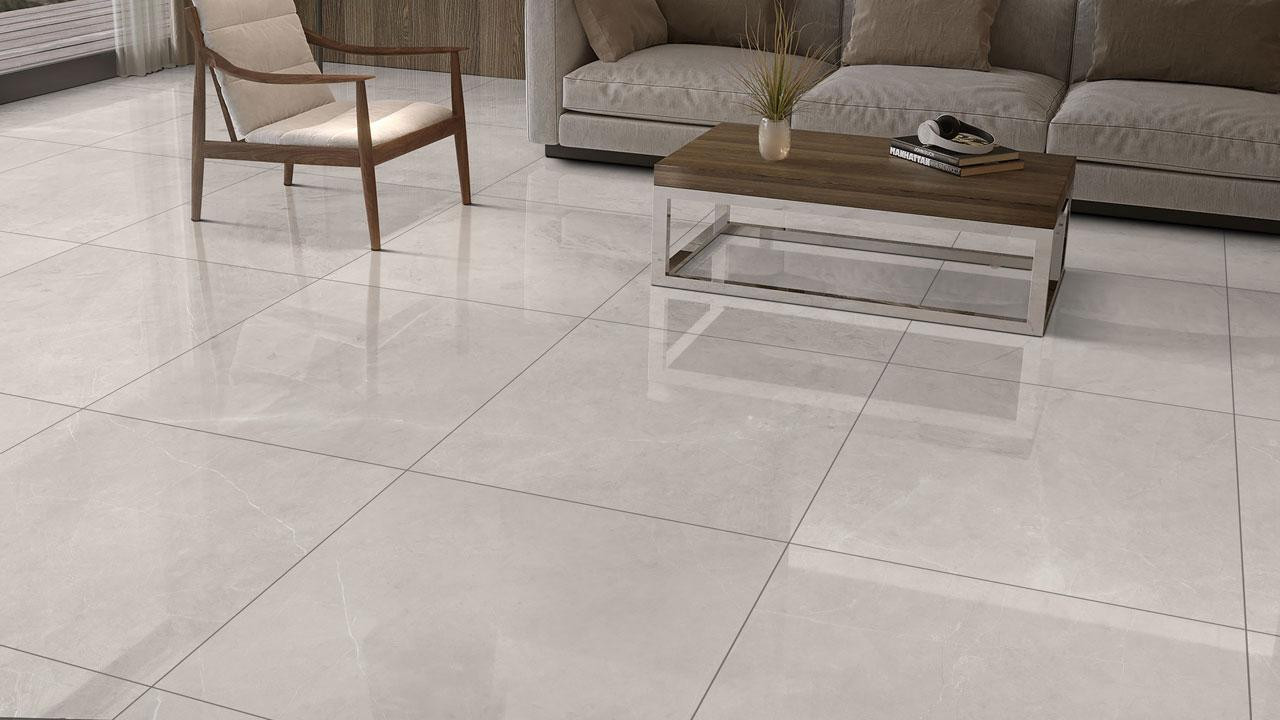
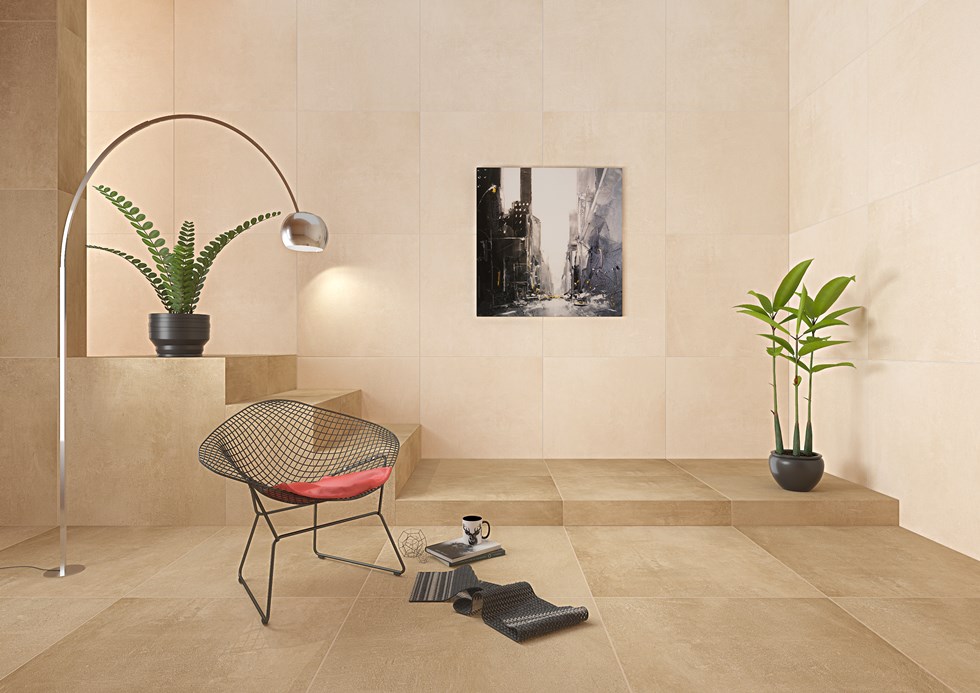
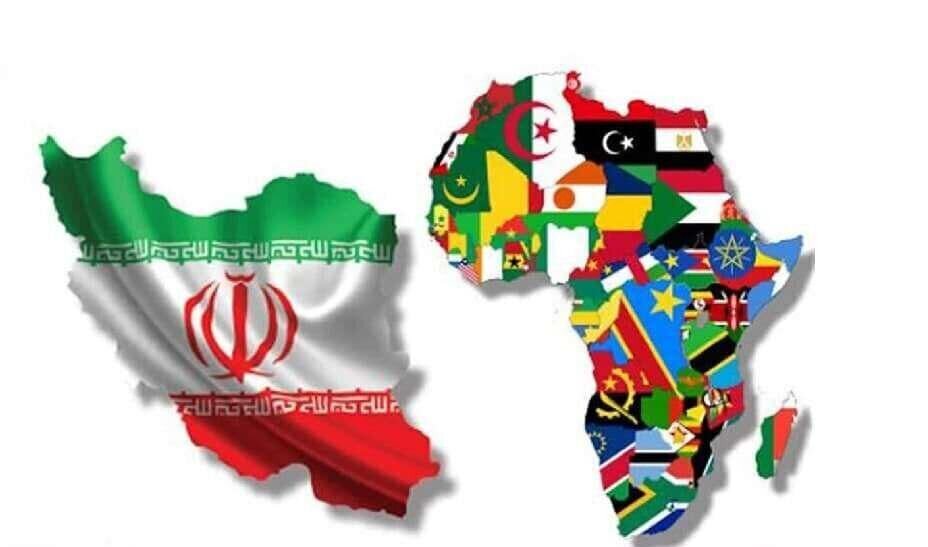
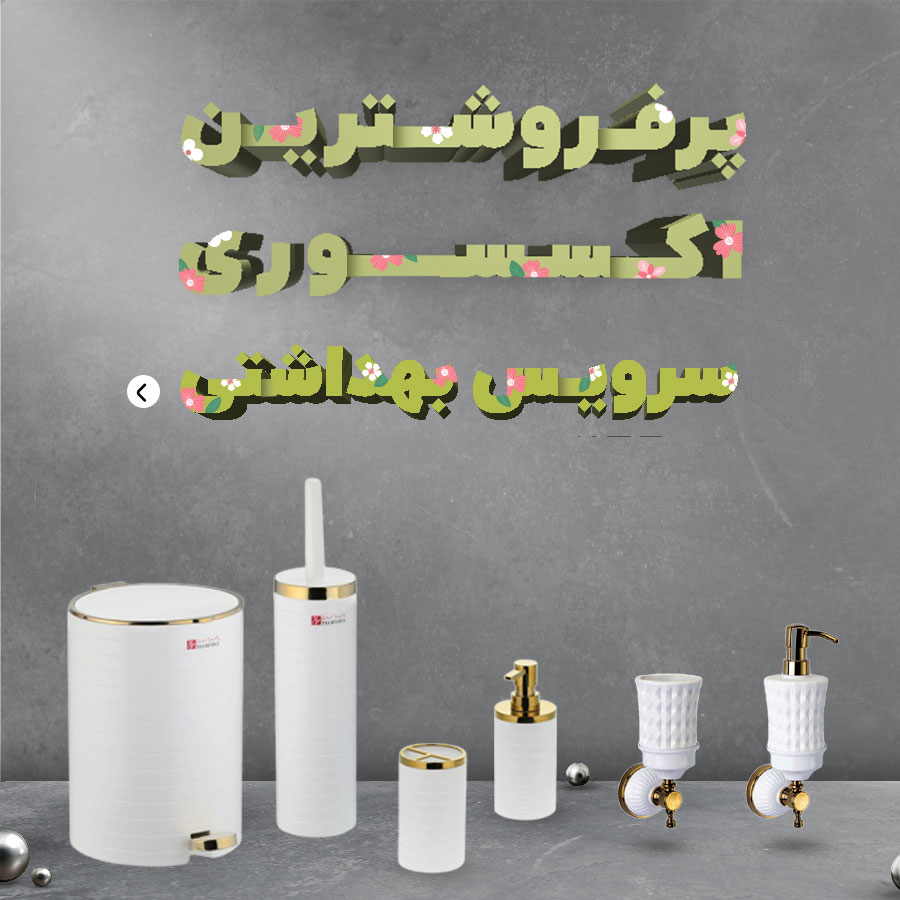

نظرات ۰